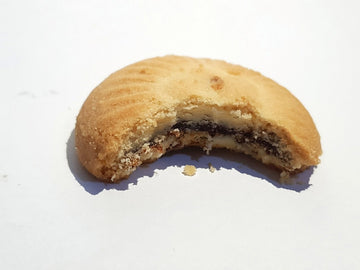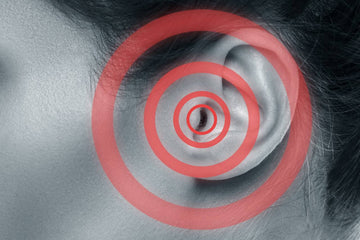
For those struggling with hearing loss, hearing aids can be nothing short of transformative: from enabling clearer communication to enriching daily interactions, hearing aids can rejuvenate the banalities of day-to-day life - something that those without hearing loss often take for granted. And in our current era marked by rapid technological advancements, modern hearing aids have become more sophisticated than ever, with an ever-expanding range of different styles and designs to choose from.
But what’s the difference between all these different types of hearing aids, and which one is best for you? Let’s take a look.
What Are Hearing Aids?
First of all - what are hearing aid devices? Put simply, hearing aids are small, electronic devices that amplify sounds, making it easier for those with hearing impairment to communicate and engage with their surroundings. The devices themselves consist of a small microphone which picks up sound, an amplifier to boost the sound, and a speaker that delivers the amplified sound into the ear.
Different Types of Hearing Aids
Behind-the-ear (BTE) hearing aid
The BTE hearing aid is the most traditional option, and consists of a plastic case that sits behind the ear, connected to a plastic ear mould that fits inside the outer ear. Sound then travels from the hearing aid through the ear mould and into the ear.
BTE hearing aids are pretty versatile, so they can be used for all types of hearing loss, whether it be mild or profound.
In-the-ear (ITE) hearing aid
ITE hearing aids are slightly more sophisticated in their design, and are custom-made to fit the patient’s ear shape. The entire aid sits then inside the outer ear, making them ideal if you’re looking for the least visibility. ITE hearing aids are typically used for mild to severe hearing loss, and they also usually tend to be larger than other styles, which might be easier to handle if you have dexterity or mobility problems in your hands. Another added advantage of ITE models is that they can incorporate additional features like a telecoil, which can be used with hearing loop systems. And as we mentioned above, ITE models are incredibly discreet, so they’re your ideal option if you’re looking for invisible hearing aids in UK.
In-the-canal (ITC) hearing aid
ITC hearing aids are even more discreet than ITEs, and are custom-made to fit within the ear canal, making them almost invisible. Like BTC hearing aids, ITC aids can generally be used for mild to moderately severe hearing loss.
Understanding Key Differences Between Hearing Aid Types
It’s important to understand that each hearing aid type comes with its own unique set of benefits and potential drawbacks. For instance, while BTE aids offer robust sound amplification and can be used by almost anyone, they're also the most noticeable. ITE aids strike a balance between discretion and functionality, but might not be suitable for profound hearing loss. ITC aids, while being the most discreet, may not be as feature-packed as their counterparts and may not suit individuals with dexterity issues.
In short, it’s important to do your research before settling on your chosen model.
What are the best hearing aid options for me?
So, what do you need to think about before making your choice? Whether you’re looking for hearing aids for TV or something discreet, we’d recommend considering the following factors before making your purchase:
Your degree of hearing loss
The severity of your hearing loss is going to be one of the most determinative factors when it comes to picking the right pair of hearing aids - after all, the device needs to be effective for it to be worth your money! For profound hearing loss, you might want to consider BTE aids, as these are generally used for more profound hearing impairments. For those with milder hearing loss, an ITE or ITC model might suffice.
Lifestyle and aesthetic preferences
It’s completely normal to want your hearing aids to be as discreet as possible, so you’ll also want to take aesthetic concerns into consideration. If you lead an active lifestyle or participate in rigorous activities, a more securely fitting aid like the BTE might be apt. Alternatively, for those prioritising discretion, ITC aids might be ideal - but do note that they’re not ideal for those with dexterity problems due to their petite size.
Comfort
While optimal functionality is incredibly important, you’ll also want to consider comfort. For example, you might like the idea of ITE hearing aids on paper, but you might not necessarily enjoy the feeling of the device sitting in your ear. Consider your own preferences when it comes to your own physical comfort, and include this when making your choice.
Warranty
Finally, it’s a good idea to check the warranty of the hearing aid you're considering. Some come with more extended warranties, while others might offer more comprehensive coverage, including damage or loss. At Hear Clear, we offer a fully comprehensive, no-questions-asked 2-year warranty for all of our hearing aids, so you can purchase with us in confidence.
Key Takeaways
Ultimately, opting for a pair of hearing aids (or just one, for that matter) is a highly personal choice, and one that should come down to your preferences alone. It can, however, be helpful to consider a hearing test before making your decision - this can help you determine which model will best suit your needs.




